As PLAS, our goal is to fulfill today’s needs without creating a burden to the nature and next generations. We are perfectly aware of the responsibilities that emerge from this situation, thus we have internalized “growing with nature” principles. We are continuously developing and improving our business model in order to preserve Earth’s natural capital. As PLAS, we promise that we will not hesitate from any investment or precaution that will be necessary in the future. Also, that we will continue with our efforts to spread this way of thinking to our employees and business partners.
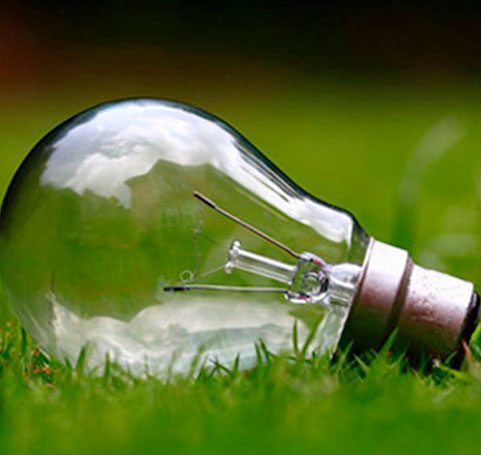
In order to reduce our electricity consumption we pick our machinery from ones with lower electricity consumption claims varying from 10-30% compared to previous generations. With continious technologic development and efficient usage our electricty consumption is on a downtrend for years. As PLAS, we pick our electrity suppliers from ones that use renewable sources or has investments about it. We also encourage all of our suppliers to share our mindset and shift their business models to a more sustainable way.
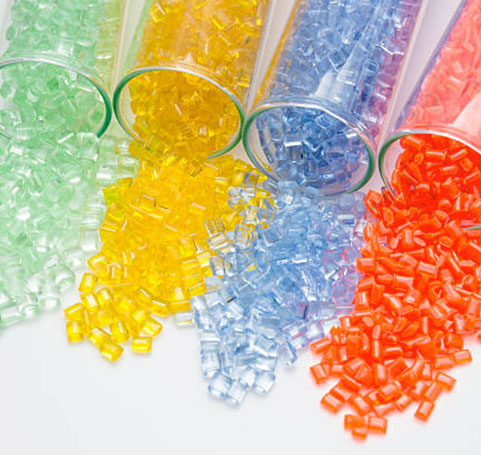
As PLAS, we are continuously seeking ways to decrease our raw material consumption to minimize the demand on virgin resources. Our goal is to offer the most sustainable packaging solution without disregarding product safety and quality. With technologic progress and our R&D efforts, our resin requirements for each product kept decreasing over the years, reducing our impact on the nature further and further. Since 2005 we are proud to state that our overall resin requirement on products have been optimized to a level to reduce it by 20%.
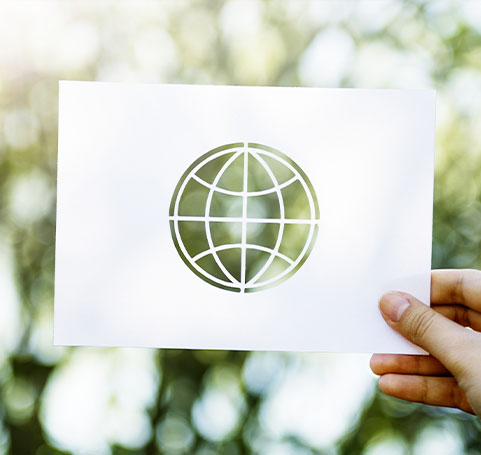
PLAS decreases its carbon footprint that arises from transportation by minimizing distance to its customers with its 6 production facilities spread around in Turkey. In addition, we have decreased plastic and wood pallet weights and switched to recyclable packaging. We are requesting transportation firms to re-use these goods or return them to us in order to be used again or to be recycled by us.
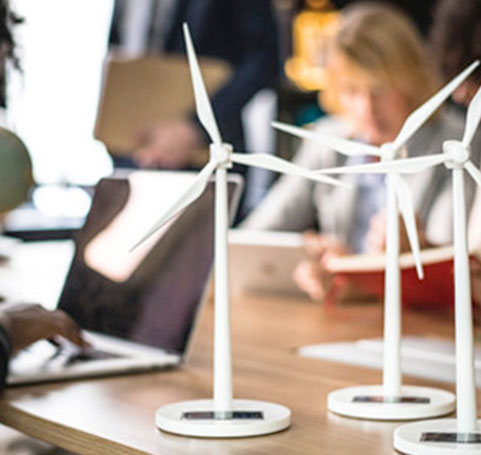
As PLAS, we pick our suppliers according to their nature policies and encourage them in this matter. Our packaging suppliers are picked amongst ones that prefers recyclable materials. When it comes to energy, having a renewable energy investment or a future investment in middle term, sets them apart.
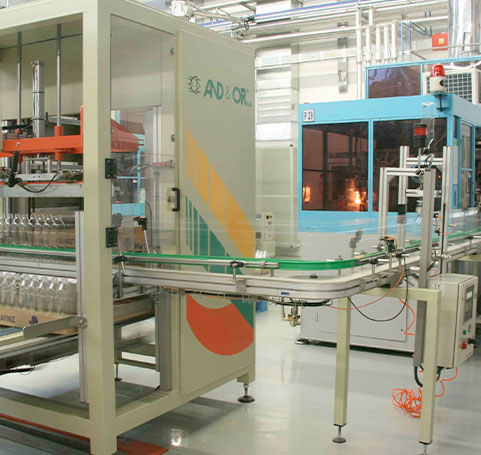
PLAŞ, offers in-house solutions with its 20 years of experience in in-house facilities. By feeding packaging directly to the production line, in-house solutions eliminate carbon footprint that arises from logistics. Also, by not requiring additional packaging during transportation, both water and carbon footprint that arises from consumption of these goods are eliminated. In-house facilities are the perfect combination of sustainability and feasibility, benefiting both the nature and your firm.
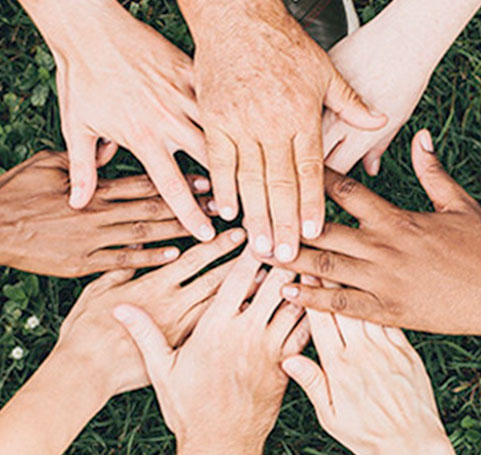
We are perfectly aware of the fact that sustainable economy cannot be achieved with solely individual efforts. Thus, we have played a significant role in both establishing and supporting NGOs that are concerned with sustainability. Our board members and high-level managers have also been taking active roles in these organizations for more than a decade.
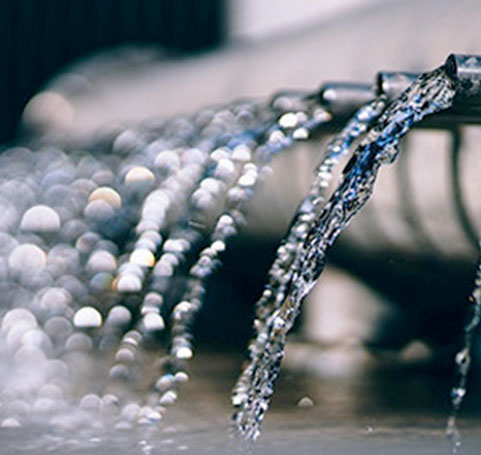
Calculating water footprint by adding direct (during manufacturing) and indirect (production of raw material, logistics, packaging etc.) water consumption is a necessary step towards shifting to a more sustainable economic model. We encourage all of our suppliers and colleagues in this matter and continue with our efforts in creating an awareness. Even though we are proven to consume less water compared to other packaging, our efforts continue in decreasing ours further. As a first step, we have started with changing our water-cooling systems with closed loop ones which allowed us to reducing our water consumption by 20%.
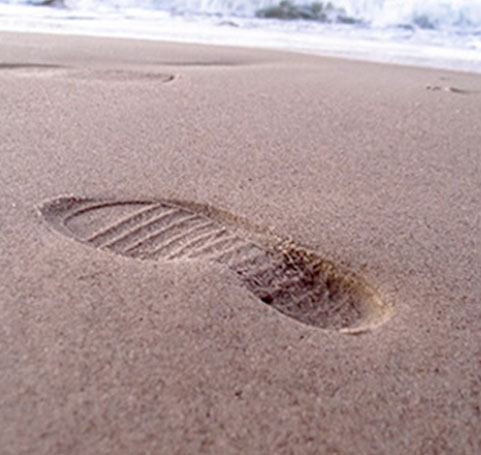
Research made by independent organizations prove that plastic packaging’s water footprint has a comparative advantage to its substitutes. Water Footprint Network’s research regarding calculating water footprint of many different products have revealed surprising facts. According to the research a hamburger has 2400 liters, a cup of coffee has 132 and half a liter plastic bottle has 5.3 liters of water footprint. (Hoekstra & van Heek, 2017) Another research by UNESCO-IHE regarding paper manufacturing revealed that water footprint of each ton of cardboard is 5500 liters while a single A4 paper ranges between 4 to 19 liters. (Van Oel & Hoekstra, 2010) Australian Ecology Institute’s research which made a comparison between glass and plastic mineral water bottle has revealed a significant difference. During research a 1.5-liter plastic bottle was compared with 1-liter glass bottle, even though having a volumetric advantage glass bottle had 8.6 liters of water footprint while plastic had 7.3 liters. (Kalleitner-Huber & Pladerer. 2014)